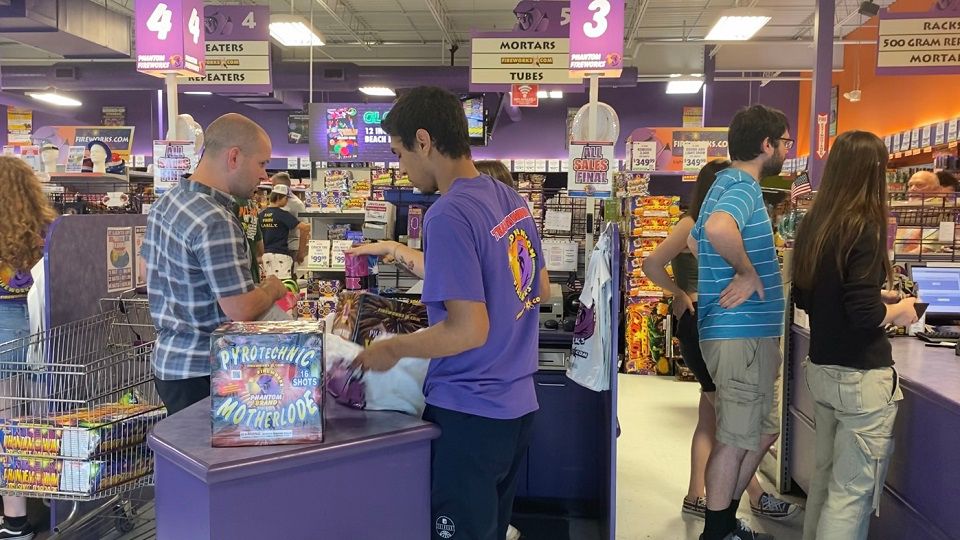Some of the unsung heroes in our communities really take out the trash — men and women you might not think take their lives into their own hands every time they swing by to empty your bins. Spectrum News 1 recently rode along on a morning shift to look at how this job is more dangerous than you'd expect.
"All right. Well, hey, good morning. Happy Thursday, everybody," the morning meeting began around 5:30. "Crew out safety topic for the day is: Expect the unexpected."
It's just another day, and another safety meeting for trash collectors across the Empire State. Helping maintain the safety conversation is Modern Disposal's Jeff Schneggenburger, who's been in the game for more than a couple of years, seeing the issues.
"People have to realize that any time you're working out in traffic where things are not controlled, we don't have the luxury of a dedicated work zone, so to speak," he said.
It's primarily road hazards that have put trash collection at number six on OSHA's top 10 most dangerous professions. So when it comes to hiring, there's a robust vetting process. Drivers are either hired or brought up through the ranks.
"Then they spend several weeks out with a senior driver such as Brian [Voelker], training until they're comfortable," Schneggenburger noted.
That's where Voelker, Modern Disposal's lead driver, comes in. Voelker is a 'rise and shine' kind of guy these days who only sleeps until 5 a.m., even on his days off. But while he's awake, he's alert and triple checking every turn and road signal.
"Unfortunately, everybody is in a hurry. As soon as you get behind a slow truck, like a garbage truck, people just want to get out from behind you, no matter what," Voelker said. "They'll go on the inside. They'll go, you know, speed around you and other cars come in, and they're barely missing each other."
There are other issues like batteries that get thrown out and cause fires in the back of trucks, unsafe materials in heavier objects that don't get picked up by a mechanical arm. But the roads are why we see almost five injury reports per every 100 workers year to year. It may not sound like a lot but one person getting seriously hurt or dying while trying to help keep communities clean?
"Nothing will ever stop it completely. Accidents happen. That's why they're called accidents," said Voelker. "But if you can lower that percentage, you know, you do the best you can."
So the focus for the crews? Safe driving, being patient with others on the road and, now that technology has caught up, single drivers pull normal shifts and rarely have to leave the safety of the cabin.
"I have one foot. It's kind of holding me in my left foot, holding me in place, My right foot is gone. Gas and brake, one hand on the steering wheel and one hand on the joystick," Voelker added showing off how everything works. "I've never really been much of a gamer, but this has a lot of familiarity as it's like playing the drums. It's a game changer. I mean, this is the future for everything. I mean, it will always have rear packers with laborers because there's couches, tables, and stuff that these trucks can't handle. But for the most part, this is what it's going to be."
But drivers like Voelker aren't asking you to clog up your entire commute and stay behind the flashing lights every morning while they do their work, they are just asking for a little patience.
"Please be patient that we will move over when we can to let you go by. And there's a good chance that if you're too close to us or on the side of us, that we can't see you and we don't know you're there. There are blind spots on these trucks," said Voelker.
"Your towns, your cities, municipalities are hiring our teams to go out there and clean up for them. Just give them the respect and a little bit of room to do their job," added Schneggenburger. "Stay clear, be patient and let them go home. At the end of the day, the way they came into work."
Trash and recyclable collectors were added in recent years to the state’s criteria for the "Move Over Law," but that has only slightly helped curb numbers of injuries for workers out on the roads and in our communities.







